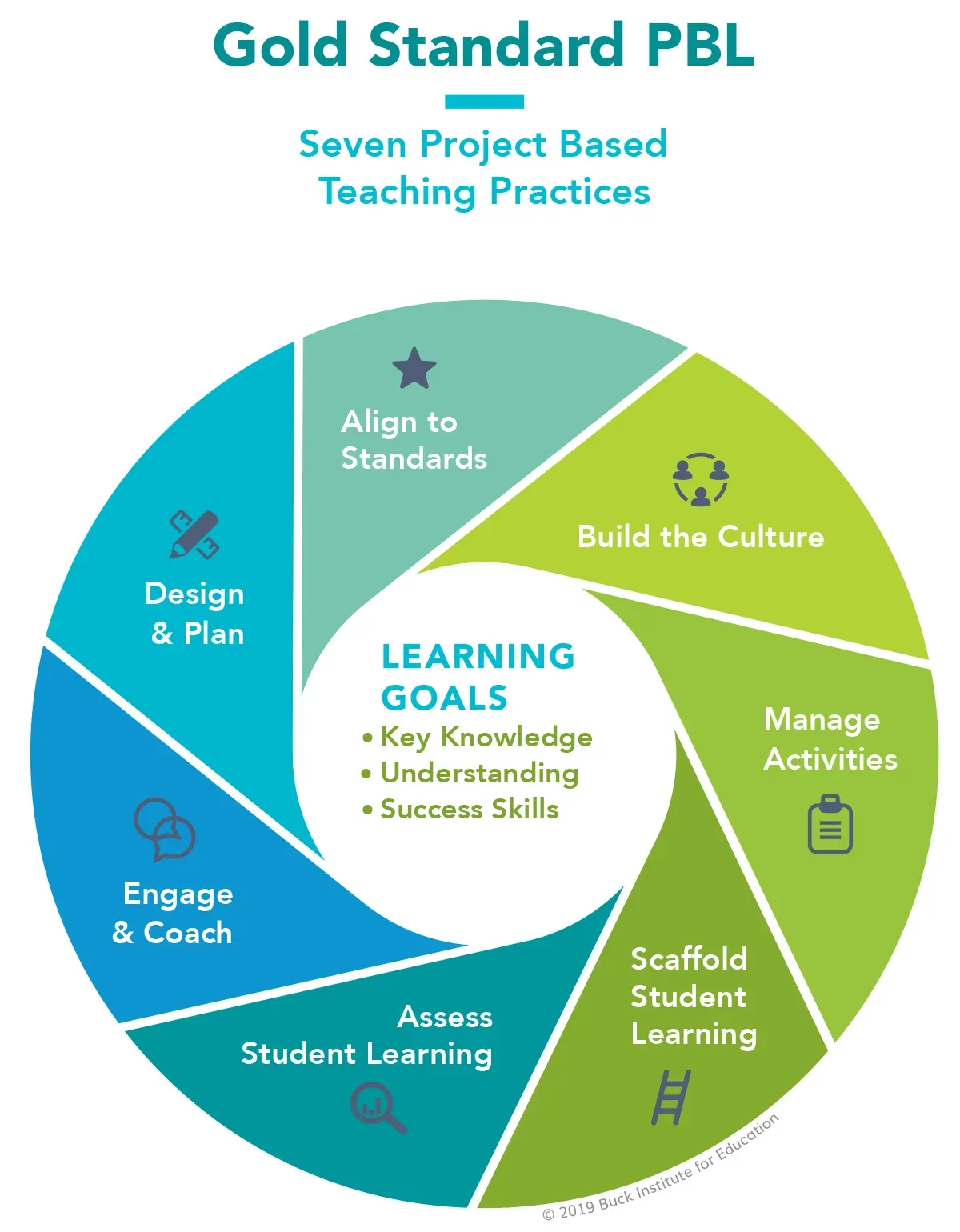Project-Based Education redefines how students learn by centering instruction on authentic, real-world projects. It moves learners from passive receivers of information to active problem-solvers who investigate, design, build, and reflect. In practice, it weaves knowledge from multiple disciplines, enabling hands-on learning and experiential learning that stick beyond tests. In classrooms that embrace this approach, students encounter authentic challenges, engage in collaborative learning with peers, and take ownership of their learning journey. The result is deeper understanding, improved retention, and a classroom culture that values curiosity over simply getting the right answer.
Viewed through the lens of inquiry-based teaching, this approach centers on driving questions and sustained exploration rather than isolated tasks. Educators guide students through design cycles, prototyping, and iterative feedback to produce tangible outcomes. By tying academic concepts to authentic challenges, learners build transferable skills across disciplines and develop deep, lasting understanding. This method also promotes collaboration with peers, community partners, and stakeholders, increasing relevance and motivation. In short, a project-centered framework shifts classroom practice toward applied learning, student agency, and outcomes that connect classroom lessons to the real world.
Project-Based Education: Transforming Classrooms with Real-World Projects
Project-Based Education reframes learning around authentic, real-world projects, turning students from passive recipients into active problem-solvers who investigate, design, build, and reflect. This approach emphasizes hands-on learning and experiential learning, enabling students to apply concepts across science, math, language arts, and social studies as they tackle meaningful challenges.
By starting with a driving question and guiding sustained inquiry, prototyping, and revision, PBE weaves knowledge from multiple disciplines into a cohesive learning arc. Students collaborate to collect evidence, make informed decisions, and produce a final public product, experiences that boost student engagement and foster deeper understanding that transfers beyond the classroom.
Boosting Student Engagement through Hands-On, Collaborative Learning
Implementing PBE in the classroom boosts student engagement by making learning relevant, collaborative, and observable. Hands-on tasks—whether designing a solution to a local issue, building a model, or coding an app—anchor concepts in authentic contexts, supporting deeper understanding and long-term retention through experiential learning.
Real-world projects create meaningful connections to students’ lives and communities, enriching collaborative learning as students negotiate roles, share responsibilities, and communicate results. When projects connect to real needs and invite authentic audiences, students develop critical thinking, adaptability, and the communication skills that prepare them for diverse careers.
Frequently Asked Questions
How does Project-Based Education foster student engagement through hands-on learning and real-world projects?
Project-Based Education centers learning around meaningful, real-world projects, enabling hands-on learning and experiential learning. By starting with driving questions and guiding sustained inquiry, students investigate, design, build, and reflect, making learning more relevant and actively involving them. Real-world projects connect classroom content to local issues, boosting student engagement as learners see the impact of their work. When well designed, PBE also emphasizes collaboration and public presentations, reinforcing motivation and accountability beyond rote memorization.
What is the role of collaborative learning and experiential learning in Project-Based Education?
In Project-Based Education, collaborative learning and experiential learning are central. Students work in teams on authentic tasks, applying disciplinary concepts across subjects and iterating toward a final product. Collaborative learning helps students negotiate roles, communicate effectively, and learn from peers, while experiential learning comes from hands-on, real-world projects that make learning meaningful. This combination supports deeper understanding, higher engagement, and transferable skills such as critical thinking and problem-solving.
| Theme | Key Points |
|---|---|
| Introduction | PBE centers learning around meaningful, real-world projects; moves students from passive recipients to active problem-solvers; weaves knowledge from multiple disciplines; emphasizes hands-on and experiential learning. |
| What is Project-Based Education? | Learning unfolds through complex tasks that resemble real-world problems; it involves sustained inquiry, driving questions, prototyping and revision; starts with a driving question, collects and analyzes information, applies disciplinary concepts, and produces a final product. |
| Value of Hands-On and Experiential Learning | Learning happens through hands-on and experiential activities that require applying knowledge in practical contexts; students integrate science, math, language arts, and social studies; motivation grows when they see the impact of their work. |
| Real-World Projects that Connect to Students Lives | Projects connect to students lives with authentic tasks like ecosystem monitoring, budgeting a school event, or creating a documentary; learning becomes meaningful and transfers across units. |
| Benefits for Student Engagement and Learning Outcomes | Engagement increases; deeper understanding emerges; collaboration and communication improve; critical thinking and problem-solving grow; equity and accessibility are supported through multiple demonstrations of learning. |
| Design Principles That Make Project-Based Education Work | Sustained inquiry, public product, reflection and iteration, real-world relevance, and collaboration guide effective PBE. |
| Planning and Implementing a PBE Unit | Start with a driving question; identify essential concepts and criteria; design authentic tasks; plan evidence of learning; scaffold for accessibility; ensure ongoing feedback; plan for assessment and reflection. |
| Assessment in PBE | Assessment emphasizes performance and process over a single test; rubrics evaluate content mastery, collaboration, communication, and final product quality; uses formative checks and summative demonstrations of learning. |
| Overcoming Challenges in PBE | Time management, resource needs, teacher preparation, standards alignment, and equity/inclusion require thoughtful planning and supports. |
| Collaborative Learning and Community Connection | Learning is collaborative; projects connect to the community with authentic audiences, mentors, and partnerships that broaden impact. |
| Technology as an Enabler | Technology supports collaboration, research, and dissemination; tools like sensors, coding, multimedia presentations, and digital publishing enhance hands-on learning. |
| Real-World Examples Across Subjects | Science: ecosystem field study; Mathematics: budgeting and analytics; Language Arts/Social Studies: documentary or podcast; Art/Design: product design and showcase. |
Summary
Project-Based Education is a powerful approach to learning that centers on real-world projects. In PBE classrooms, students shift from passive receivers to active problem-solvers who investigate, design, build, and reflect. Project-Based Education weaves knowledge from multiple disciplines, enabling hands-on and experiential learning that sticks beyond tests. With authentic challenges and peer collaboration, students develop deeper understanding, stronger retention, and a classroom culture that values curiosity over simply getting the right answer. When implemented with intentional planning and ongoing feedback, Project-Based Education prepares learners to apply their knowledge beyond school and contribute meaningfully to their communities and the world.



